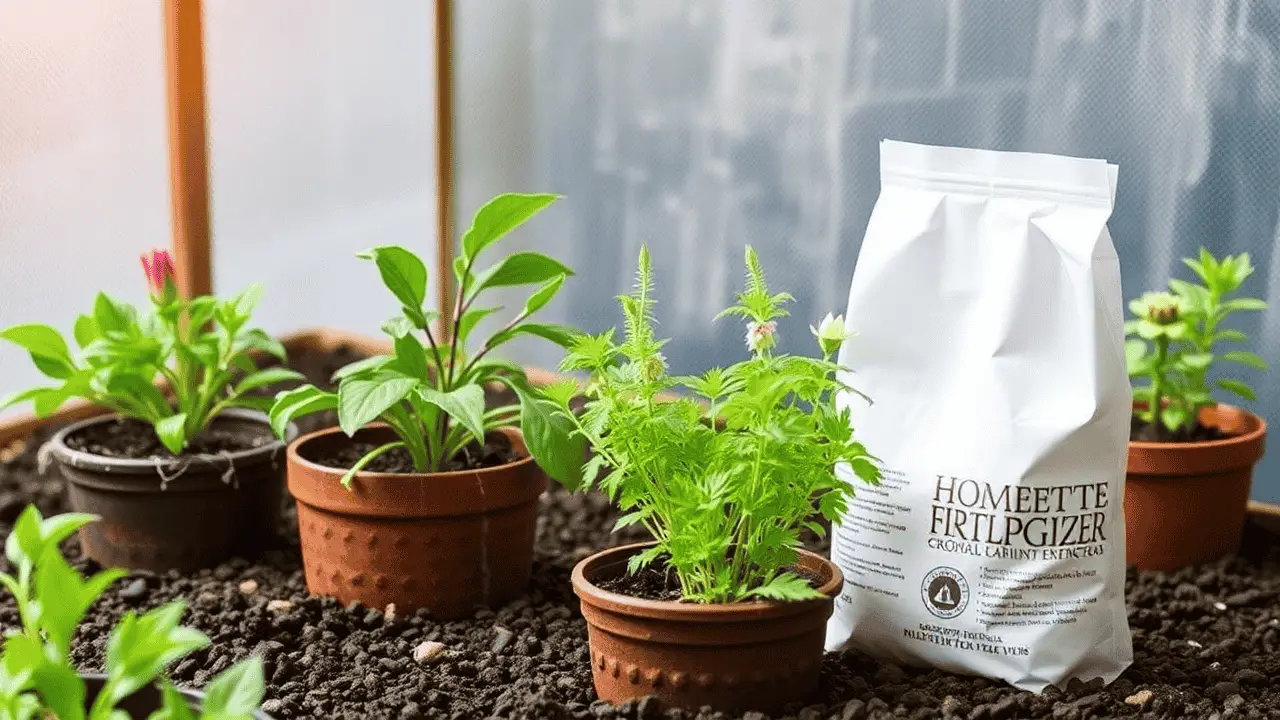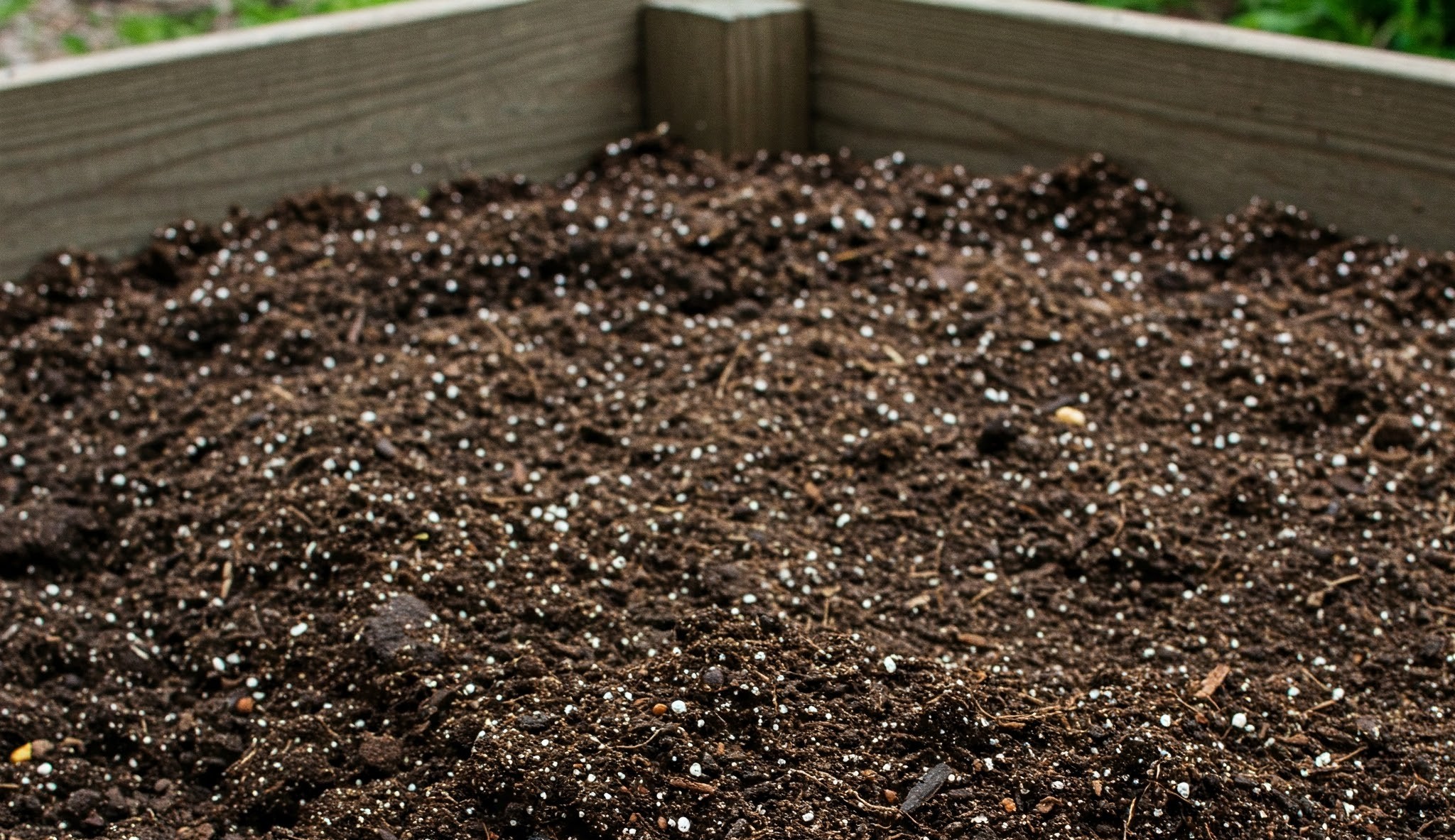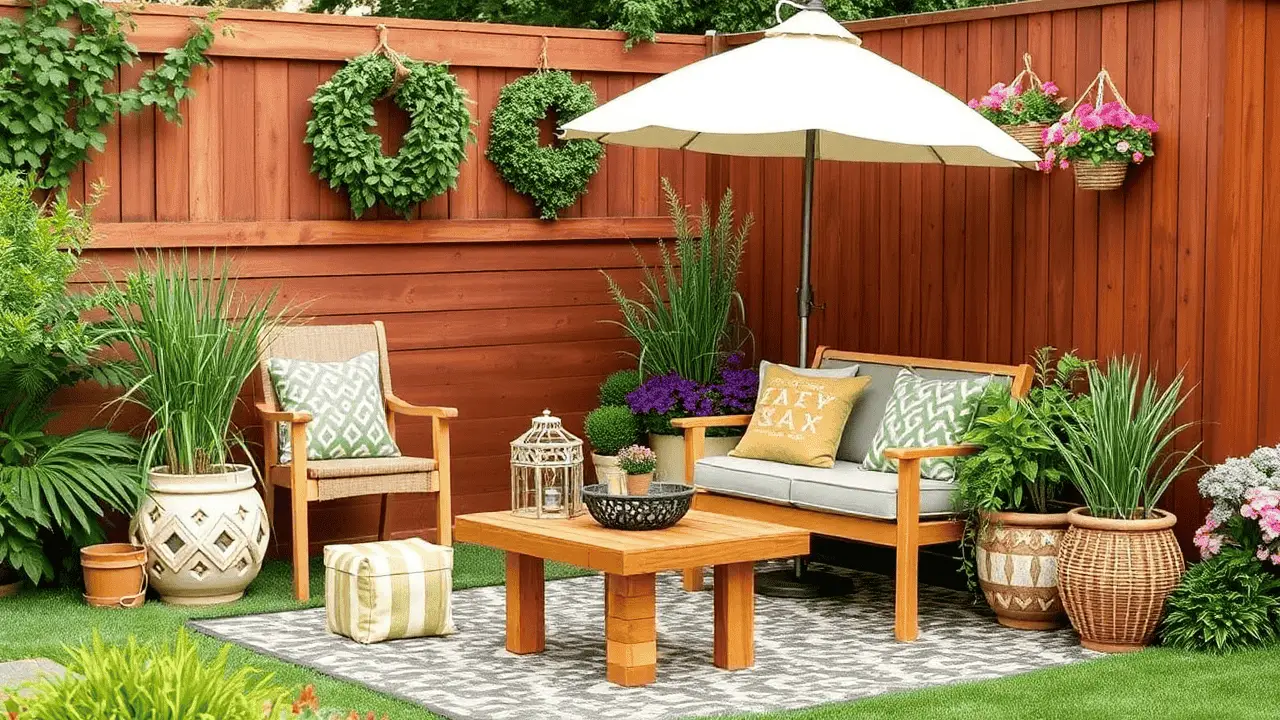Best Gardening Tools for Beginners: A Comprehensive Guide
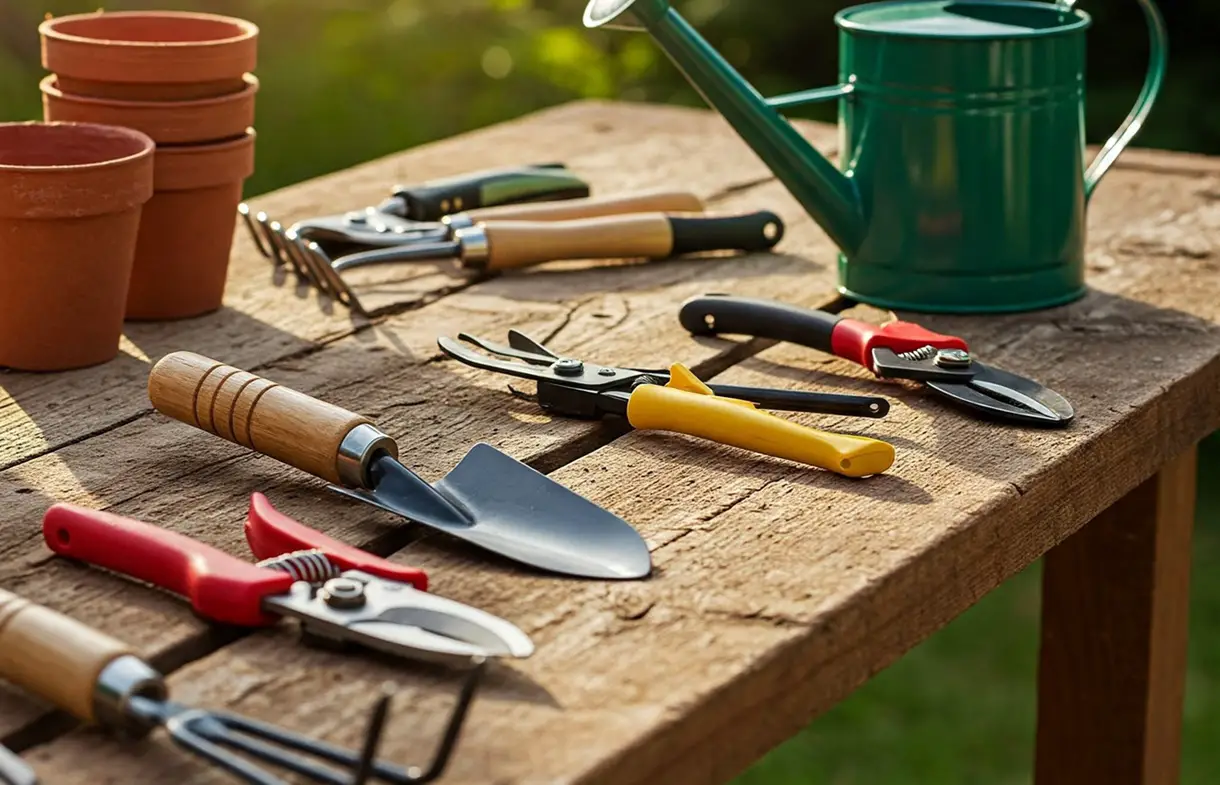
Starting your gardening journey can be a good experience. It lets you connect with nature and brings the joy of growing and caring for plants. But as a beginner, seeing all the different tools out there might feel a bit overwhelming.
After over 20 years of working in gardens big and small, I remember feeling just as unsure at the start. Through trial and error, I’ve learned which tools are truly helpful and easy to use. I’ve put together this guide to help you choose the essential tools you’ll need to get started, focusing on items that are simple and practical. These tools will make your gardening experience smooth, fun, and rewarding. Let’s explore them together!
Must-Have Gardening Tools for Beginners
Hand Trowel: The Essential Gardener’s Friend

A hand trowel, or gardening trowel, is one of the most essential tools for anyone starting out in gardening. It’s small, easy to use, and versatile enough to handle many tasks like planting seeds, digging, and even removing weeds.
What Makes a Good Trowel?
A typical hand trowel has a curved metal blade attached to a handle. The design helps you scoop and dig with ease. Here’s what to look for when picking one:
- Blade Material: Choose a blade made of stainless steel or high-carbon steel. These materials are tough, resist rust, and can last for years.
- Handle Comfort: Handles made from wood, plastic, or composite materials work well, but prioritize one with a good grip to avoid hand fatigue.
- Blade Size & Shape: Use narrow blades for precise digging and wider ones for scooping more soil.
- Strong Connection (Tang): A full tang (when the blade extends through the handle) makes the trowel strong and reliable.
How to Use Your Trowel
- Digging Holes for Plants:
- Push the trowel into the soil at an angle. Twist to loosen the soil and make a small hole.
- Remove the soil, ensuring the hole fits the plant’s roots.
- Planting Seeds or Seedlings:
- Place the seed or plant into the hole. Use the trowel to gently refill with soil around it, pressing lightly to secure the plant.
- Transplanting Plants:
- Use the trowel to carefully dig around the plant, loosening the soil.
- Lift the plant along with its roots and replant it in a new spot.
- Weeding:
- Insert the trowel close to the base of a weed and push it into the soil.
- Wiggle it to loosen the roots, then pull the weed out completely.
Tool Maintenance:
- Keep it Sharp: A sharp blade works better and is easier to use.
- Clean After Use: Rinse off dirt and dry your trowel to keep it from rusting.
- Store Properly: Keep it in a dry place.
- Stay Safe: Use gloves to avoid blisters or cuts while using your trowel.
Pro Tip: If you’re working in heavy, clay-like soil, pick a trowel with a strong, pointed blade. For sandy or loose soil, a wider blade works great!
Recommendation Product: View on Amazon
Pruning Shears: Essential for Healthy and Growing Plants

Pruning shears, also known as secateurs, are a must-have for gardeners of all skill levels. More than just a trimming tool, they are vital for maintaining your plants’ health, encouraging growth, and shaping your garden. Proper pruning using the right shears can help plants bloom, produce more fruit, and fend off disease.
Understanding Shear Types and Applications
The type of pruning shear you select can greatly impact your results. Here’s a quick guide:
Anvil Pruners
- Feature one sharp blade that closes against a flat surface (the anvil).
- Great for cutting dead or dry wood since their crushing action might harm live stems.
- Provide extra leverage for tougher stems and branches.
Bypass Pruners
- Equipped with two curved blades that slide past each other like scissors.
- Perfect for live plants, making clean cuts that heal quickly and reduce disease risks.
- Ideal for delicate or precise trimming tasks.
Lopper Pruners
- Have long handles for greater leverage, allowing you to cut thicker branches with ease.
- Designed for pruning larger shrubs or trees without putting strain on your back.
How to Use Your Pruning Shears
- When to Prune: Most plants benefit from pruning in late winter or early spring, just before they start growing again. However, flowering plants often need trimming right after they bloom.
- How to Cut: Always aim for clean, angled cuts just above a bud or branch junction. This promotes healthy new growth. Dull blades can crush stems, so keep them sharp.
- Safety Precautions: Wear gloves to protect your hands and always keep track of where your fingers are to avoid accidental cuts.
Tool Maintenance:
- Clean the Blades: Wipe them with water and dry them thoroughly after each use to prevent rust.
- Sanitize Between Plants: Use rubbing alcohol or a mild bleach solution to stop the spread of diseases.
- Sharpen Regularly: Sharp blades ensure precise cuts and reduce strain.
- Oil Moving Parts: Lubricate the joints occasionally to keep the shears working smoothly.
Recommendation Product: View on Amazon
Best Garden Shears for Pruning: Top Picks for 2024
Garden Gloves: Your Essential Shield for Safe and Comfortable Gardening
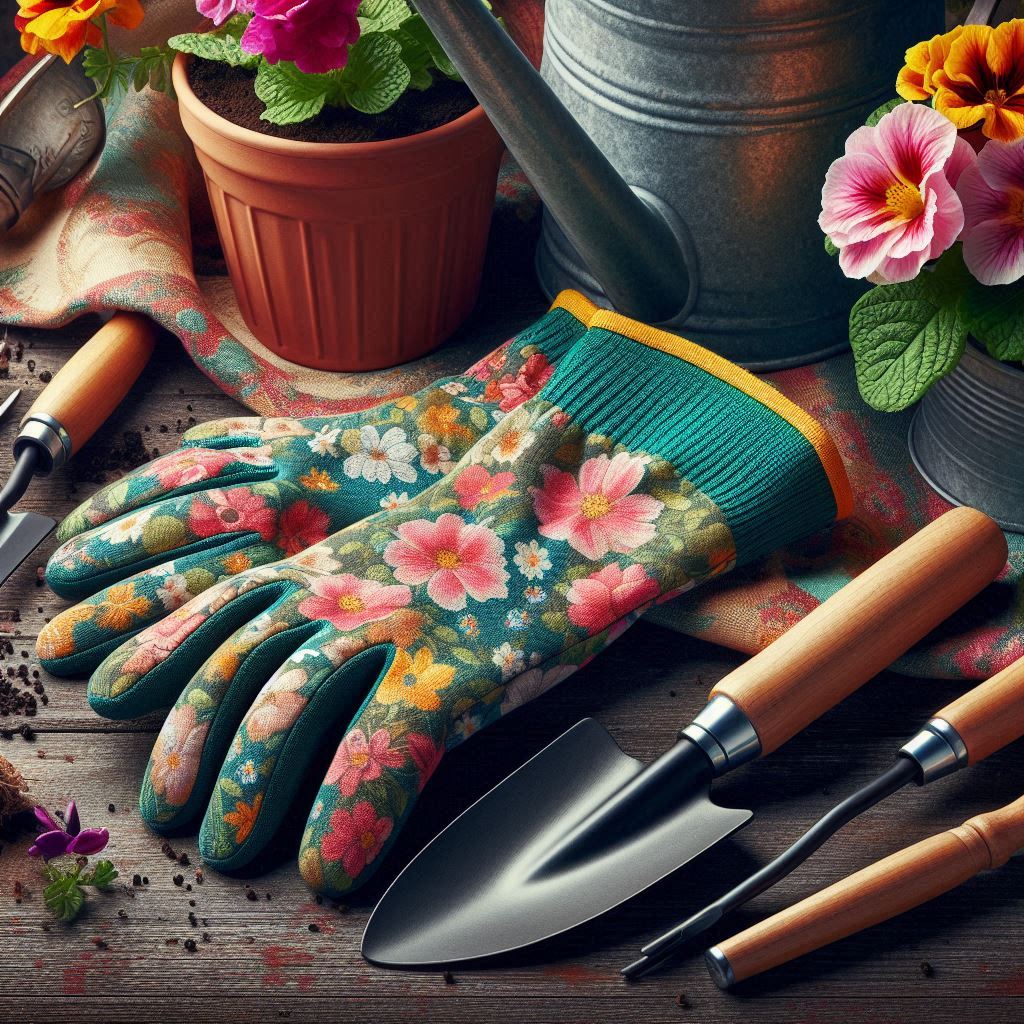
Garden gloves aren’t just a handy accessory—they’re a vital tool for protecting your hands while ensuring a pleasant gardening experience. Whether you’re planting, weeding, or pruning, gloves shield your hands from thorns, blisters, harmful chemicals, and even potential allergens. Picking the right gloves for specific tasks not only enhances comfort but also ensures your safety.
Choosing the Best Material for Your Gardening Needs
The type of gloves you choose depends on the work you plan to do. Here’s a closer look at the key materials:
Leather Gloves
- Durable and perfect for tough jobs like pruning roses or handling sharp tools.
- Resistant to thorns and abrasions, making them ideal for heavy-duty gardening tasks.
- Long-lasting with proper care, though they may feel less flexible compared to other materials.
Latex or Nitrile Gloves
- Provide a snug, waterproof layer ideal for tasks involving fertilizers or pesticides.
- Offer great dexterity for precise work like handling delicate seedlings.
- Choose nitrile if you’re allergic to latex for the same protective benefits.
Cotton Gloves
- Lightweight and breathable, perfect for basic tasks like weeding or light planting.
- Comfortable for prolonged use but offer limited protection against thorns or sharp objects.
Cut-Resistant Gloves (Kevlar)
- Designed with high-strength fibers to protect against cuts and punctures.
- Essential when using sharp tools like pruning shears or knives.
- Recommended for gardeners who frequently work with potentially hazardous materials.
Tips for Selecting and Maintaining Garden Gloves
- Match Gloves to the Task: Choose leather for thorny plants, nitrile for chemical handling, and cotton for casual gardening. Longer gloves provide better protection for your arms during intense tasks.
- Ensure a Proper Fit: Gloves should be snug yet comfortable, allowing full movement without slipping. Ill-fitting gloves can lead to discomfort and reduced control.
- Keep Them Clean and Tidy: Wash your gloves with mild soap and water after use. Air-dry them fully before storing to prevent mildew or deterioration.
- Store Properly: Keep gloves in a cool, dry place. Avoid exposing leather gloves to direct sunlight to prevent cracking or drying out.
Why Garden Gloves Matter
Not wearing gloves might seem tempting, but bare hands risk exposure to cuts, scrapes, and even plant-borne irritants. Gloves also prevent strain and fatigue, making your gardening time more productive and enjoyable. With the right pair, you can dig, trim, and plant to your heart’s content—without worrying about injury or discomfort.
By following these guidelines, you can find the perfect pair of gloves to suit your needs and keep them in great condition for years to come!
Recommendation Product: View on Amazon
Watering Cans: Precision in Hydrating Your Plants

A watering can isn’t just a container; it’s a key tool for delivering the right amount of water to your plants. Its gentle, controlled flow protects delicate seedlings and prevents soil disturbance, helping maintain the perfect balance of hydration. Selecting the right watering can and using it properly ensures your plants stay healthy and thrive.
What to Look For in a Watering Can
To pick the best watering can for your garden, pay attention to these features:
Capacity:
- Choose a size that matches your garden’s needs.
- Larger cans save you from frequent refills but can get heavy when full.
Spout Design:
- A long, narrow spout lets you water at the base of plants without wetting leaves.
- Spout angle and shape affect precision and ease of use.
Handle Comfort:
- Look for a sturdy, ergonomic handle that reduces hand strain.
- Balanced designs make watering easier, especially for larger areas.
Rose (Sprayer Head):
- A fine rose provides a gentle spray, great for seedlings.
- Adjustable roses let you switch between a soft spray and a steady stream. Brass roses are longer-lasting than plastic ones.
Types of Watering Cans and Their Uses
- Traditional Cans are versatile, with long spouts and wide bases for stability. They are perfect for most general watering tasks.
- Rosette Cans: Equipped with fine-spray roses, these are ideal for seedlings or delicate plants and minimize soil erosion.
- Long-Neck Cans: Designed for reaching tricky spots, like hanging baskets or dense foliage, with precision.
- Indoor Cans: Compact and lightweight, great for houseplants. Prevents spills and overwatering in tight spaces.
Pro Tips for Using Your Watering Can
- Filling and Handling: Fill to a manageable level to avoid spills or strain. Carry and pour with a balanced grip.
- Water at the Base: Focus on the soil around the plant to avoid wetting leaves, which can cause disease.
- Monitor Soil Moisture: Only water when the soil feels dry to the touch. Overwatering can harm your plants just as much as underwatering.
- Clean After Use: Empty the can and let it dry to prevent algae or residue buildup. Clean the rose regularly to maintain consistent water flow.
Recommendation Product: View on Amazon
Garden Forks: Essential for Healthy Soil and Effective Gardening

A garden fork is far more than just a digging tool. Its versatile design makes it indispensable for tasks like aerating soil, turning compost, removing weeds, and carefully lifting plants. Using the right garden fork can transform soil management and help your plants grow strong and healthy.
Features to Look for in a Garden Fork
Choosing the right garden fork involves understanding key features that impact how well it performs and lasts:
Tine Design and Length:
- Longer tines are excellent for deep soil aeration and cultivation.
- Forged tines are stronger and more durable than stamped ones.
- Flat tines work well for lifting tasks, while rounded ones are ideal for turning soil.
Line Spacing:
- Close spacing is great for breaking up soil clumps and pulling weeds.
- Wider spacing works better for aerating and turning compost, improving airflow.
Handle Length and Material:
- Longer handles reduce back strain and provide better leverage.
- Sturdy materials like hardwood (ash or hickory) or fiberglass offer durability and comfort.
- Ensure the handle-to-tine connection is robust to avoid breaks.
Construction and Materials:
- High-quality forged steel or stainless steel forks resist rust and last longer.
- Look for a fork with a strong, solid head and secure handle.
How to Use a Garden Fork Effectively
Garden forks are incredibly versatile, and mastering their use can elevate your gardening skills:
- Aerating and Loosening Soil:
Insert the tines straight into the ground and rock gently back and forth to break up compact soil. This improves water drainage and allows air to reach plant roots. - Turning Compost:
Lift and mix compost with the fork to promote even decomposition and distribute moisture and oxygen throughout the pile. - Weed Removal:
Insert the tines beneath the root system of a weed and gently lift to pull it out, roots and all. - Plant Lifting and Transplanting:
Loosen the soil around a plant with a fork and use it to lift the root ball carefully, minimizing damage during transplanting.
Maintenance and Care Tips
- Safety First: Always wear gloves and sturdy footwear while working with a garden fork.
- Clean Regularly: Rinse off soil and debris after each use and let the fork dry to prevent rust.
- Inspect Frequently: Check for damage or loose parts to ensure it remains safe and effective.
- Store Properly: Keep the fork in a dry, sheltered place to prolong its lifespan.
Why a Garden Fork Matters
An effective garden fork saves time, protects your back, and improves soil quality, leading to healthier plants. Whether you’re breaking up compacted soil or turning your compost pile, this tool is a must-have for gardeners of all levels. With the right care, your garden fork will remain an invaluable part of your gardening toolkit for years to come!
Recommendation Product: View on Amazon
Frequently Asked Questions (FAQs)
Q: What are the absolute essential gardening tools for a beginner?
A: Beginners should start with a core set of tools that cover essential gardening tasks. These include:
- Hand Trowel: For digging, planting, and transplanting.
- Pruning Shears: To trim and shape plants or remove dead growth.
- Garden Gloves: To protect your hands from dirt, thorns, and blisters.
- Watering Can: For precise and gentle watering of plants.
- Garden Fork: To loosen soil, turn compost, and lift plants.
Q: How do I choose the right size and type of garden gloves?
A: The best gloves depend on the task:
- For heavy-duty work, like handling thorny plants or pruning, choose durable leather gloves.
- For tasks involving water or chemicals, opt for waterproof nitrile gloves, which offer dexterity.
- For light tasks, cotton gloves are breathable and comfortable.
Ensure the gloves fit snugly but aren’t too tight. This prevents hand fatigue and allows for precision in your work.
Q: What’s the difference between anvil and bypass pruning shears, and which should I choose?
A:
- Anvil Pruners: These have a single blade that cuts against a flat surface. They’re great for dead or dry wood but can crush live stems.
- Bypass Pruners: Designed like scissors, with two curved blades that pass each other, they make clean cuts and are ideal for live plants.
Choose bypass pruners for general gardening to maintain plant health.
Q: How do I select a good watering can for my needs?
A: Look for these features:
- Capacity: Choose a size that matches your plant needs and is easy to carry when full.
- Spout Design: Long, narrow spouts provide precise watering and help avoid wetting leaves.
- Handle Comfort: Ergonomically designed handles reduce strain during use.
- Rose (Sprayer Head): Pick a fine rose for seedlings or delicate plants. Durable brass roses are a long-lasting option.
Q: What features should I look for when buying a garden fork?
A:
- Material: Forged or stainless steel tines for durability and rust resistance.
- Line Spacing: Narrow spacing is good for breaking up soil; wider spacing works for turning compost.
- Handle Length: Longer handles reduce strain and provide leverage, while shorter handles are better for confined spaces.
- Connection Strength: Ensure the tines and handles are securely attached to withstand tough tasks.
Q: How often should I sharpen my pruning shears?
A: Sharpen your shears whenever you notice ragged or uneven cuts, as dull blades can damage plants. For frequent use, sharpening every few weeks is ideal. Use a sharpening tool and finish with a light oiling to maintain functionality.
Q: How do I clean and maintain my garden tools to ensure longevity?
A:
- Rinse tools after use to remove dirt and prevent rust.
- Dry them thoroughly before storing them.
- Oil blades and moving parts to keep them sharp and functional.
- Store tools in a dry area, preferably on hooks or in a toolbox to avoid wear.
Q: Are there any safety precautions I should take when using gardening tools?
A:
- Always wear gloves and closed-toe shoes to protect your hands and feet.
- Keep tools sharp, but handle them carefully to avoid injuries.
- Use tools for their intended purpose to prevent accidents or damage.
- Be mindful of your posture and surroundings, especially when using digging tools.
Q: What are the benefits of aerating my soil with a garden fork?
A: Aerating soil with a garden fork loosens compacted areas, improves water drainage, and allows oxygen to reach plant roots. This enhances root health and boosts nutrient absorption, promoting stronger plant growth.
Q: Can I use a garden fork to turn my compost pile?
A: Absolutely! A garden fork is excellent for turning compost. It helps mix and aerate the pile, ensuring proper decomposition and evenly distributing moisture, oxygen, and nutrients.Let me know if there’s anything you’d like to tweak or if you’d like more in-depth details!
Conclusion
Selecting and mastering the use of appropriate gardening tools is paramount for both novice and experienced gardeners seeking a rewarding and productive experience. These tools, when chosen with care and used with expertise, transcend mere implements; they become extensions of the gardener’s hands, enabling precision, efficiency, and a deeper connection with the natural world. Investing in durable, ergonomically designed tools, like those discussed, ensures not only immediate ease of use but also a lasting return on your investment, as quality tools can endure for many gardening seasons.
By prioritizing informed selection and proper maintenance, you equip yourself with the means to cultivate a thriving garden, fostering both personal satisfaction and ecological harmony. Remember, the right tools, combined with informed techniques, are the foundation for a lifetime of successful and enjoyable gardening.

I’m John Doe, a Certified Master Gardener with over 20 years of hands-on experience in cultivating healthy and vibrant gardens. My expertise spans organic gardening, soil science, and sustainable pest control. I’ve worked extensively with community gardens and have a deep passion for sharing my knowledge to help others succeed in their gardening endeavors.


